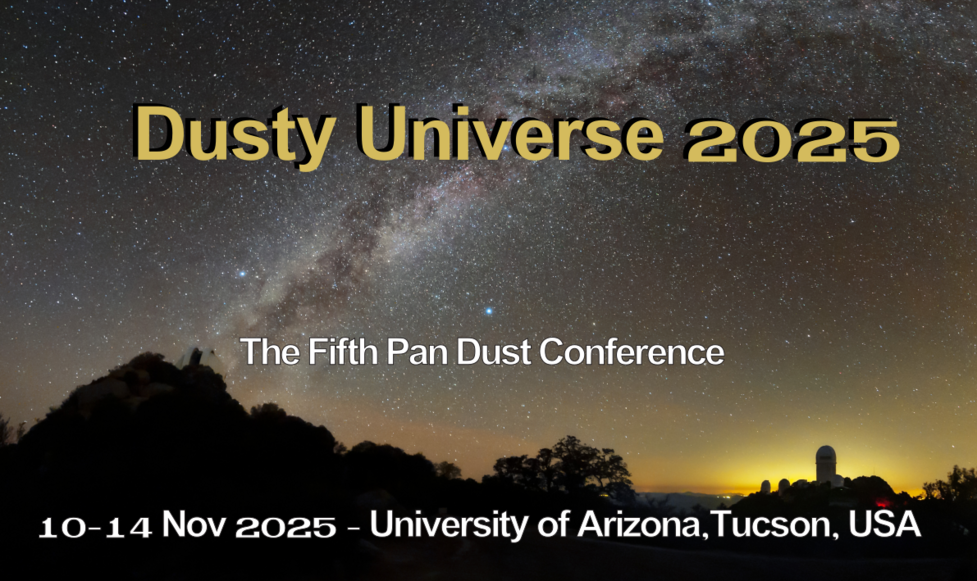It is a core assumption in high-redshift astronomy that the properties of dust experience very little or no evolution with cosmic time — what if they do? We know that the quantities governing dust properties experience strong redshift dependence, like mean radiation field strengths and gas densities, suggesting that dust may be evolving as well. Changes in grain size distributions, ice mantles, and ionization properties can, among other factors, dramatically change the ways in which dust interacts with stars and gas to influence the evolutionary fate of galaxies. In this talk I will present new JWST MIRI spectroscopic observations of dust in emission and absorption showing that grains in a statistical sample of high redshift galaxies can be different than what we find in the Local Group. I will discuss how these differences might contribute to the efficient formation of massive galaxies, and place that into context with the greater story of star-formation over the last ~11 billion years. Finally, I will discuss how different attenuation properties of dust that are linked to supernovae formation scenarios must be considered to derive accurate properties of the most luminous galaxies discovered up to z~14. Ultimately, this talk will explore the ways in which dust might be very different in high redshift galaxies with consideration for how those differences may shape galaxy evolution.

|
|
|
|
Fantastic Grains and Where to Find Them: How unusual dust shapes galaxy evolution
1 : The University of Texas at Austin
* : Corresponding author
|
 PDF version
PDF version
